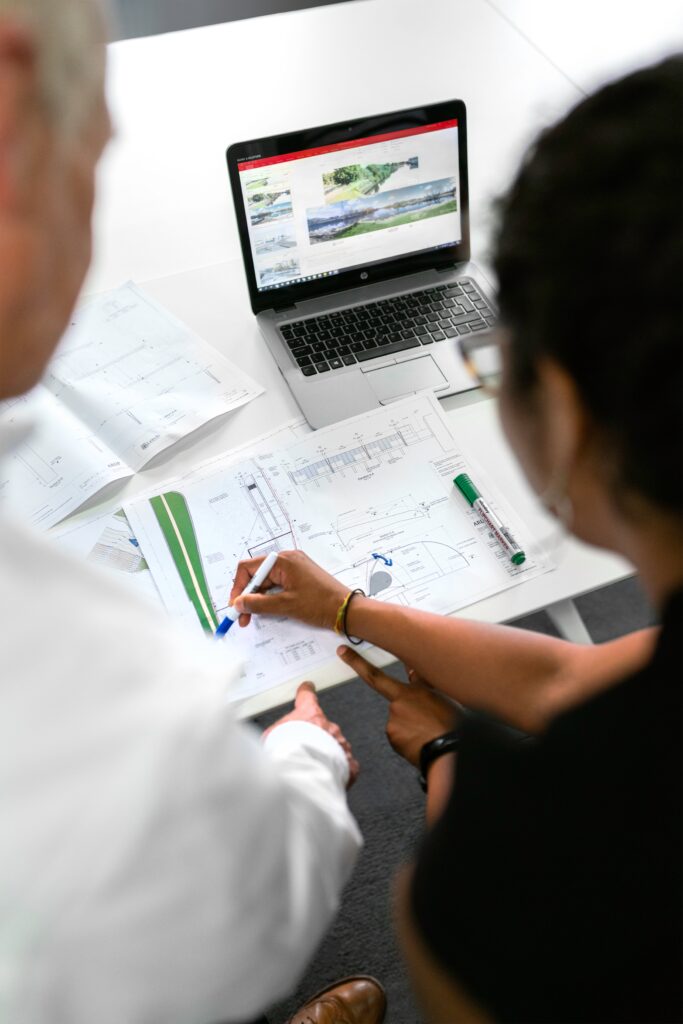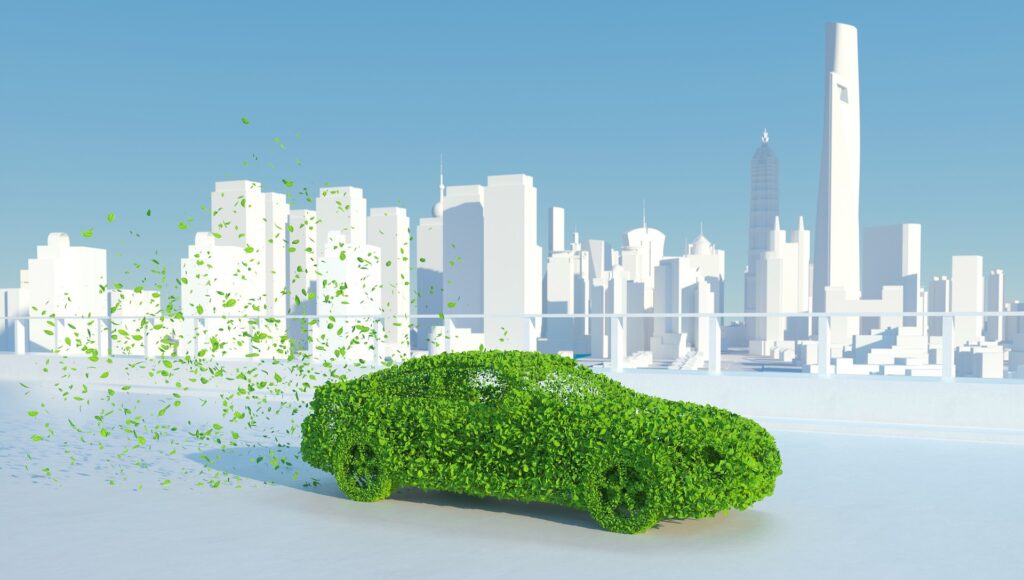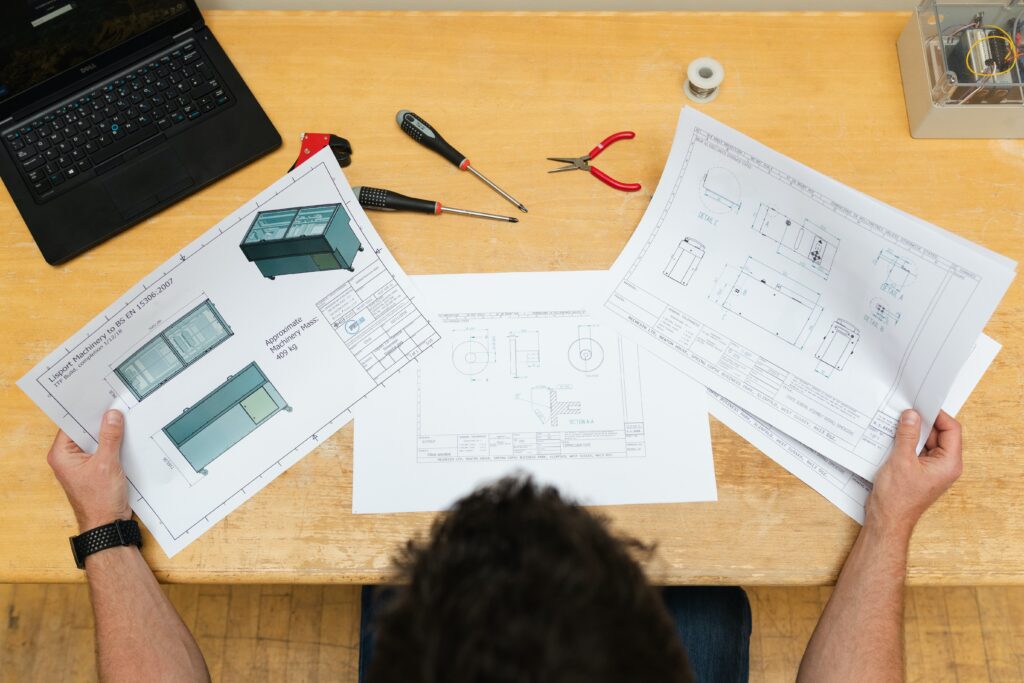The design of products and environments that are sustainable is at the heart of engineering practice. The challenge is to make these systems more efficient, resilient, and sustainable. We need a new framework for understanding this complexity and to guide designers and engineers to realize the full potential of these systems while thinking of sustainability.
Design engineering is the discipline of creating a product by combining design, engineering, and production, which has a core focus on solving problems. It’s also known as design-based engineering or integrated product development. In the past couple of decades, design engineering has become an increasingly important field for sustainability. As the world becomes more crowded, more industrialized, and more polluted, it’s clear that we need to do something about it. That’s the main reason why design engineering also focuses on how products and systems can be made more sustainable through the use of appropriate materials, processes, and design choices. The good news is that there are people who are working hard to make our future a better place—and they’re doing it with design engineering processes! This approach to sustainability is important because it allows designers to produce items with less impact on the environment.
In the design-engineering process, the designer creates a prototype of the product, which is then tested by the engineers to make sure it meets the necessary safety standards. Once these tests have been completed, it’s time for production. This means that our designers will work with manufacturers to create the final product. The goal of design engineering is to create products that are sustainable in every way possible: from materials and manufacturing processes used to create them, to their ability to stand up against wear and tear over time.

In general, the process aims to improve economic efficiency and performance while also reducing waste, pollution, and resource consumption. The circular economy is a model for designing products and systems that are not only sustainable but also designed to last. These systems are designed to break down, or decompose, into their constituent parts so that they can be reused over and over again. Design engineering is a major part of the circular economy. By designing products with a focus on sustainability, we can help our planet thrive.
Designing a product or system with the long-term goal of sustainability in mind is a fairly new concept in design. However, it’s an important one that has been gaining momentum as companies and organizations are recognizing the importance of designing products and systems with the future in mind.
This shift has brought about a recent wave of designers who are more concerned about their impact on the world than they were previously. They’re looking at ways to reduce waste, conserve energy, and improve resource efficiency—all while creating products that look beautiful and function well enough to satisfy consumers’ needs.
The Road to Sustainable Design
Sustainability is a broad concept that is difficult to define. We can define it in many ways and it can mean different things to different people. In this article, we will discuss the concept of sustainability from the perspective of design engineering and how Design Engineering brings them to reality.
Sustainable design means taking into account the future of the planet when designing products for the market. It’s about looking at how your product will affect people, animals, land and water resources over time. The goal is to make something that will last—and not just for a while (like most products). A product should be able to withstand climate changes, as well as any unforeseen circumstances that might arise down the road.

Sustainability is the idea of taking care of the Earth so that it can continue to support us in the future. Climate change is one example of how we can use our ingenuity to solve problems that are affecting us today. By thinking about sustainability and climate change together, we can design better systems for ourselves—and for generations to come. Designers need to be familiar with sustainability measures so they can make informed decisions about their designs before they are implemented into production. Designers should also be familiar with how their products will be manufactured so they know what kinds of materials they need for each part of the process. For these designs to be successful, long-term sustainability must also be considered during the initial stages of research development design and testing. This includes examining how materials will be sourced from suppliers who adhere to certain ethical standards regarding human rights abuses and environmentally damaging practices such as deforestation or ocean acidification caused by fossil fuels being burned, which releases CO2 into our atmosphere.
Conclusively, design engineering is an important part of sustainability. It is an approach to engineering that helps us make the world a better place. It involves thinking about the world in which we live and then looking for ways to make it more sustainable.
Hence, designers must take a holistic view of sustainability, taking into account all aspects of our environment, including people and their needs, animals and their needs, plants and their needs, and even natural systems like weather patterns. Design engineers are always looking for ways to improve lives through technology and innovation. This can mean improving energy efficiency by finding new ways to use energy more efficiently or reducing the amount of energy used in manufacturing processes; it can also mean creating entirely new products that help solve problems people face every day. In short, design engineers think about how their work affects everything from humans to trees!

Design engineering is an integral part of any company’s production process because it ensures that we use new materials and processes in ways that reduce costs while improving the performance and reliability of products. Designing for reuse is a component of this process, as it ensures that we do not waste the materials used in a product during its life cycle. This way, designers can reuse materials in their designs without creating unnecessary waste or having to dispose of them once they’ve reached their end use phase.
At Round Corner, we believe that when you’re working on a project, your understanding of the entire system is more important than any individual component. That’s why we make sure that every part of our process is designed with sustainability in mind—from the way we do business to the way we relate with clients. We help you think sustainability!

